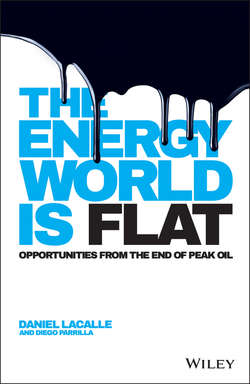Читать книгу The Energy World is Flat - Lacalle Daniel - Страница 12
На сайте Литреса книга снята с продажи.
Chapter One
The Mother of All Battles. The Flattening and Globalization of the Energy World
The market does not attack, it defends itself
ОглавлениеOne of the first lessons I learnt when I got involved in the world of commodities is that prices are both signals and incentives.
Prices signal imbalances and incentivize economic behaviour, as the market “defends itself”. For example, Fukushima created a positive premium that incentivizes the transport of natural gas to Japan. On the other hand, shale gas has created a negative premium for US domestic producers, while incentivizing the demand via the substitution of coal for power generation, or attracting petrochemical businesses back to North America.
The large price differentials across crude oil and regional natural gas are incentivizing the development of new infrastructure capacity such as liquefaction plants, pipelines, and storage.
Energy infrastructure is very capital intensive, and can take many years to complete. A new LNG project can easily cost from $5 billion to $10 billion, and take 5 to 10 years to complete. But once the barriers to entry are removed and the investment decisions are triggered and completed, the capacity increases inexorably, perhaps slowly, but surely.
And the greater the barriers to entry, the greater the price signal and incentives needed, often creating “super-cycles” or multi-decade round trips from shortage to glut and back to shortage.
